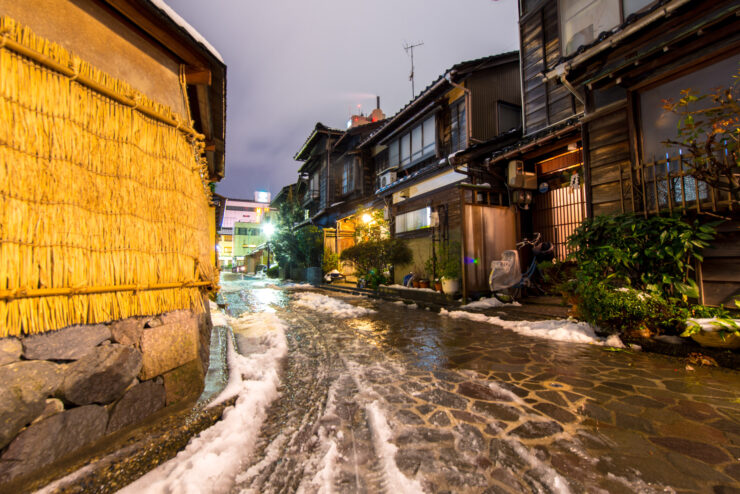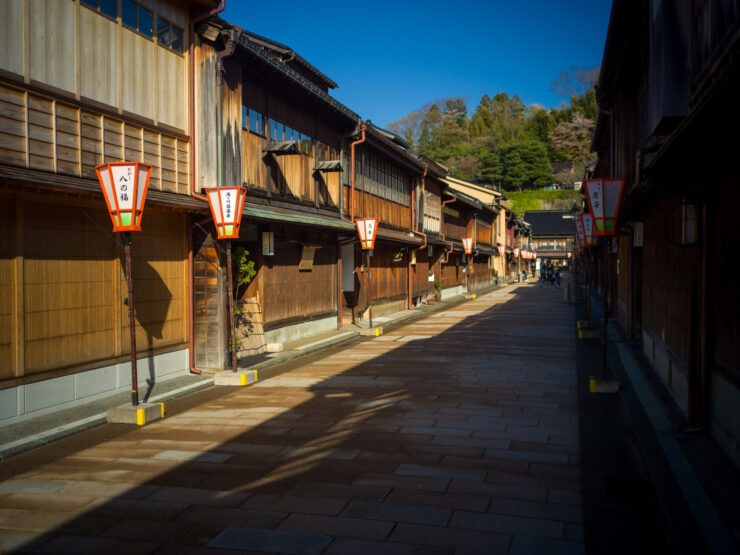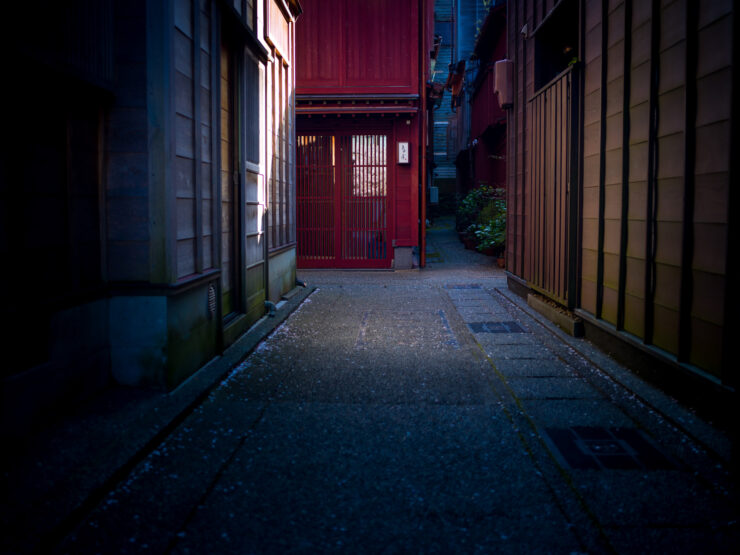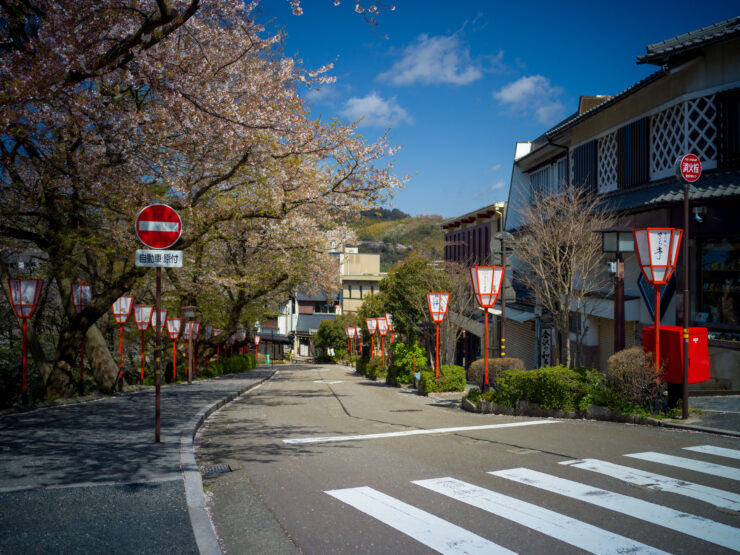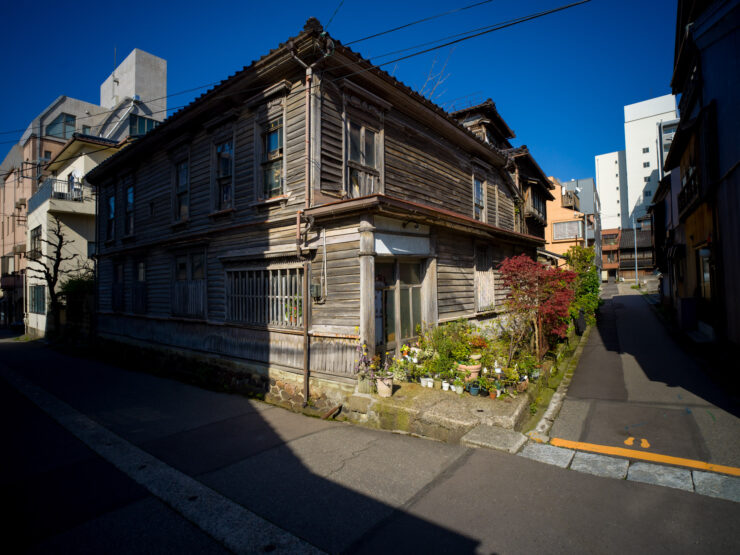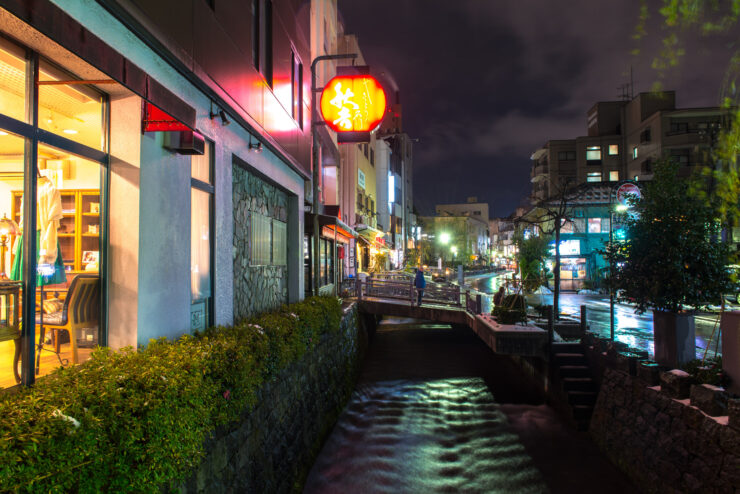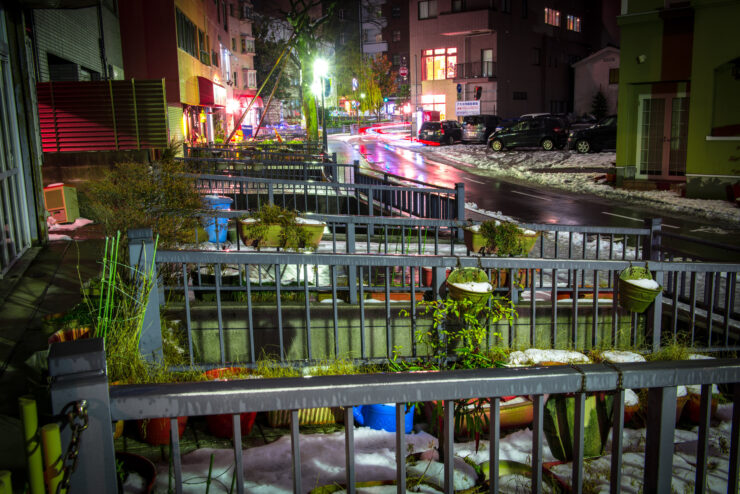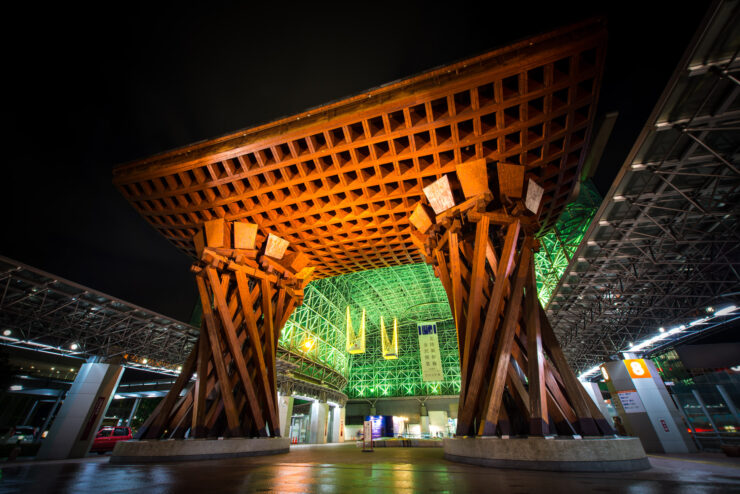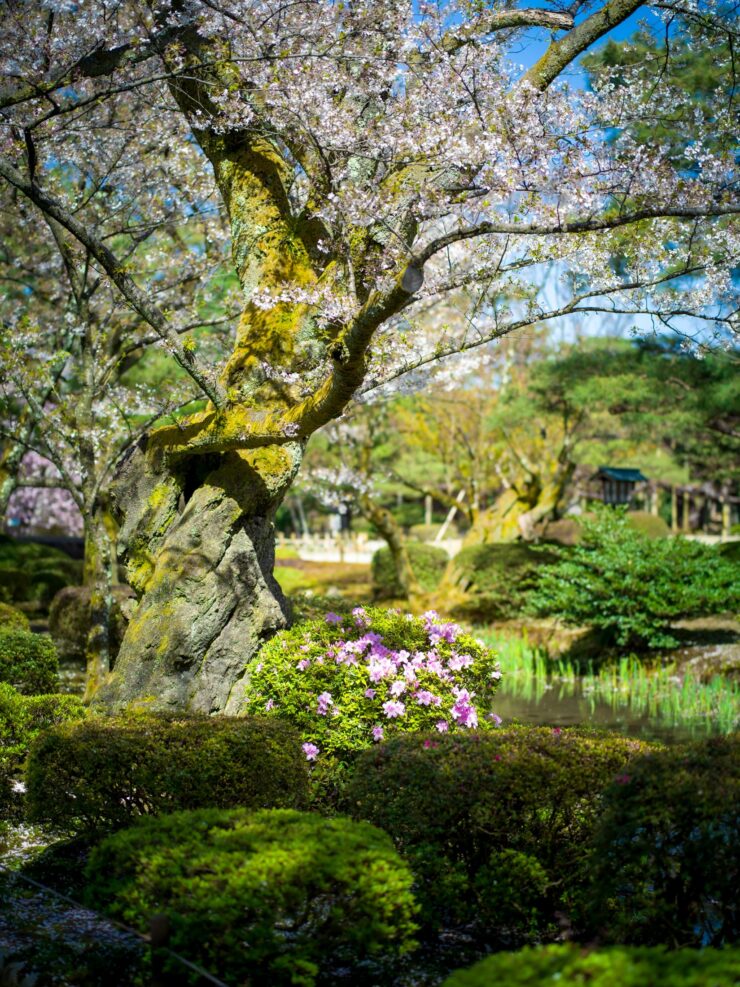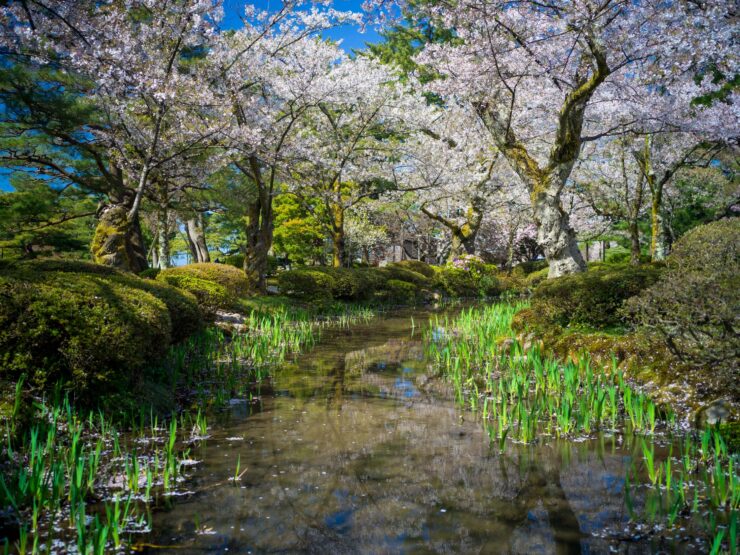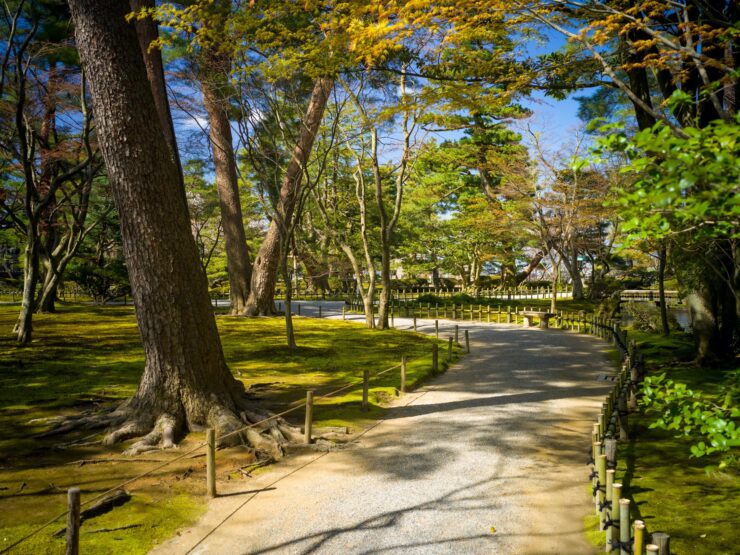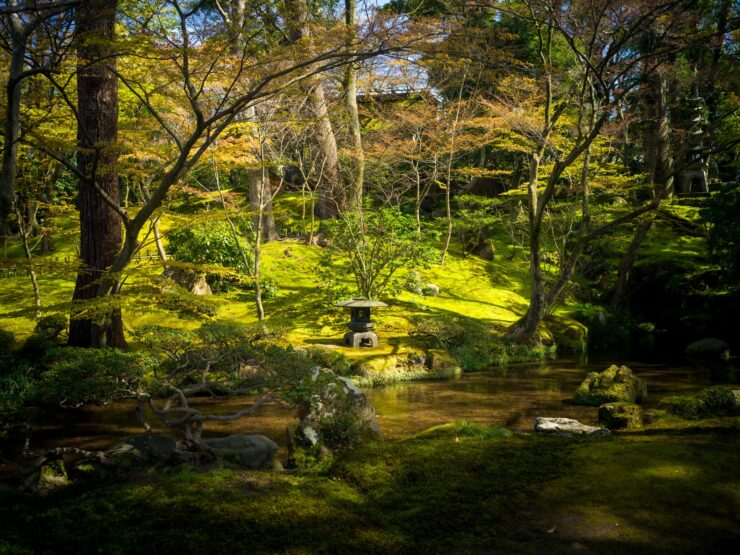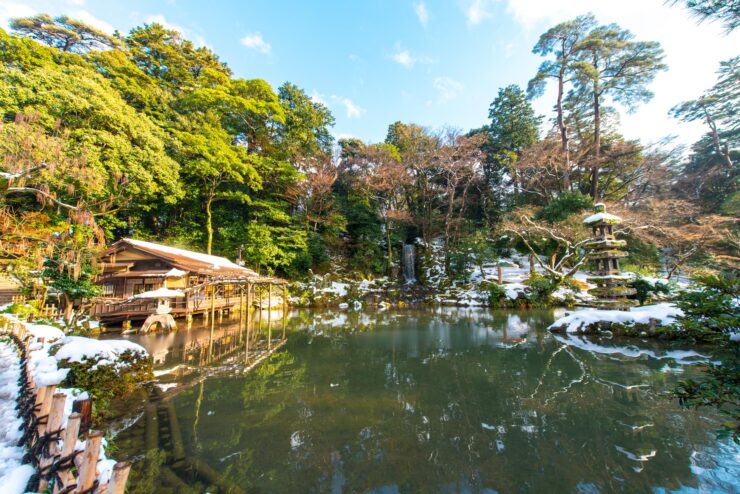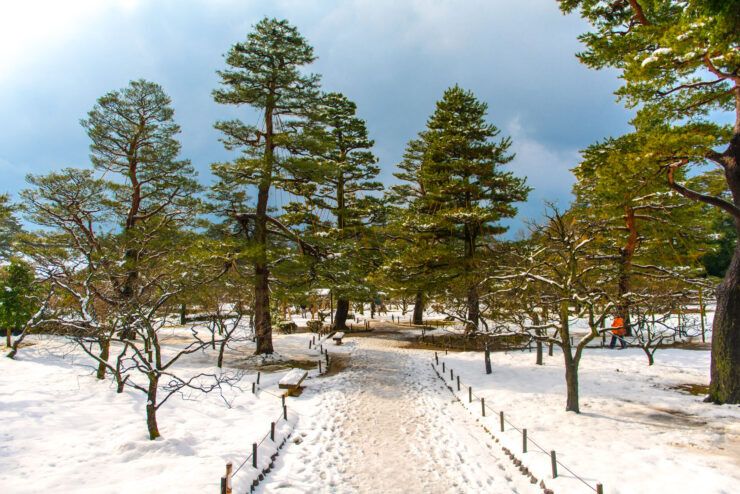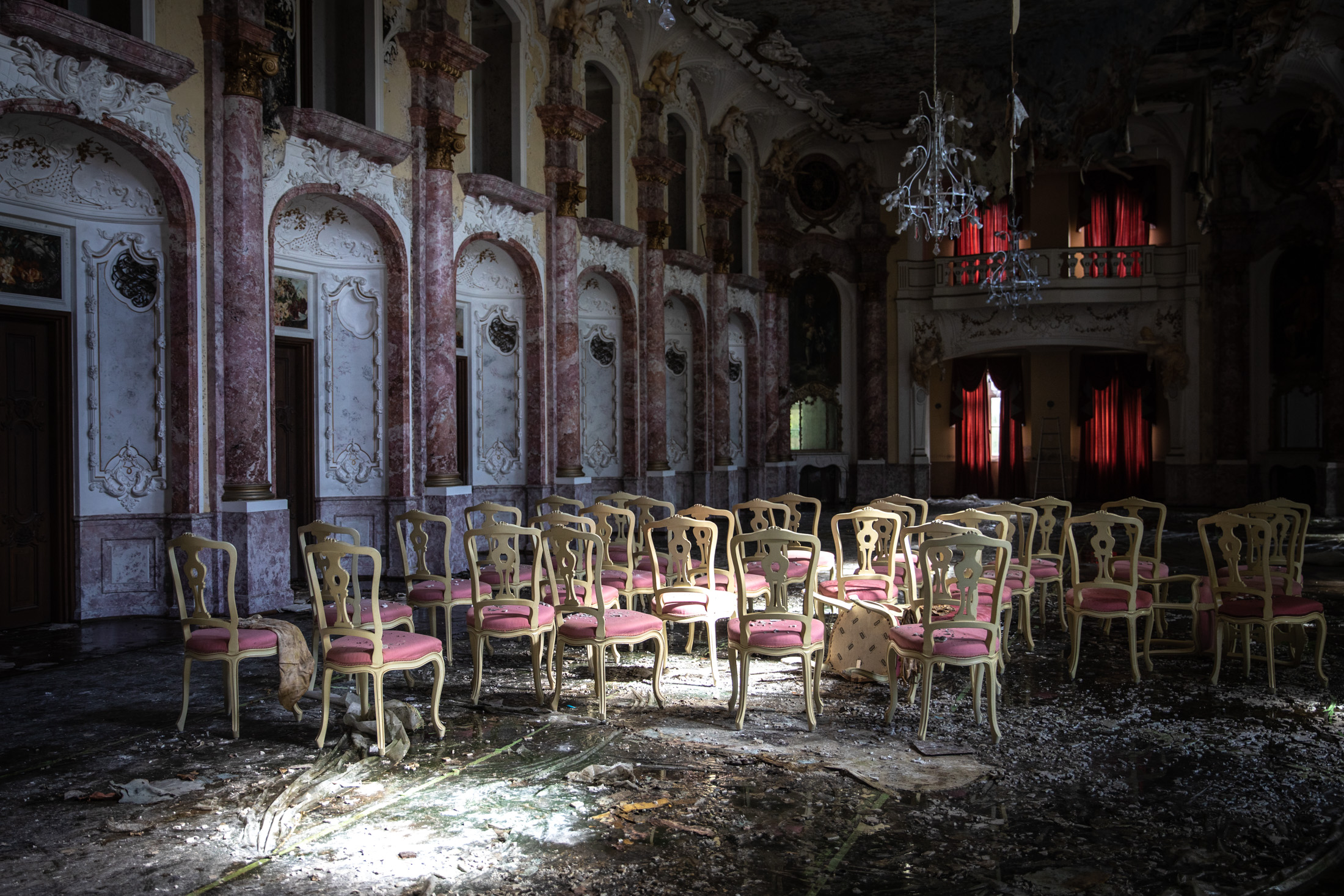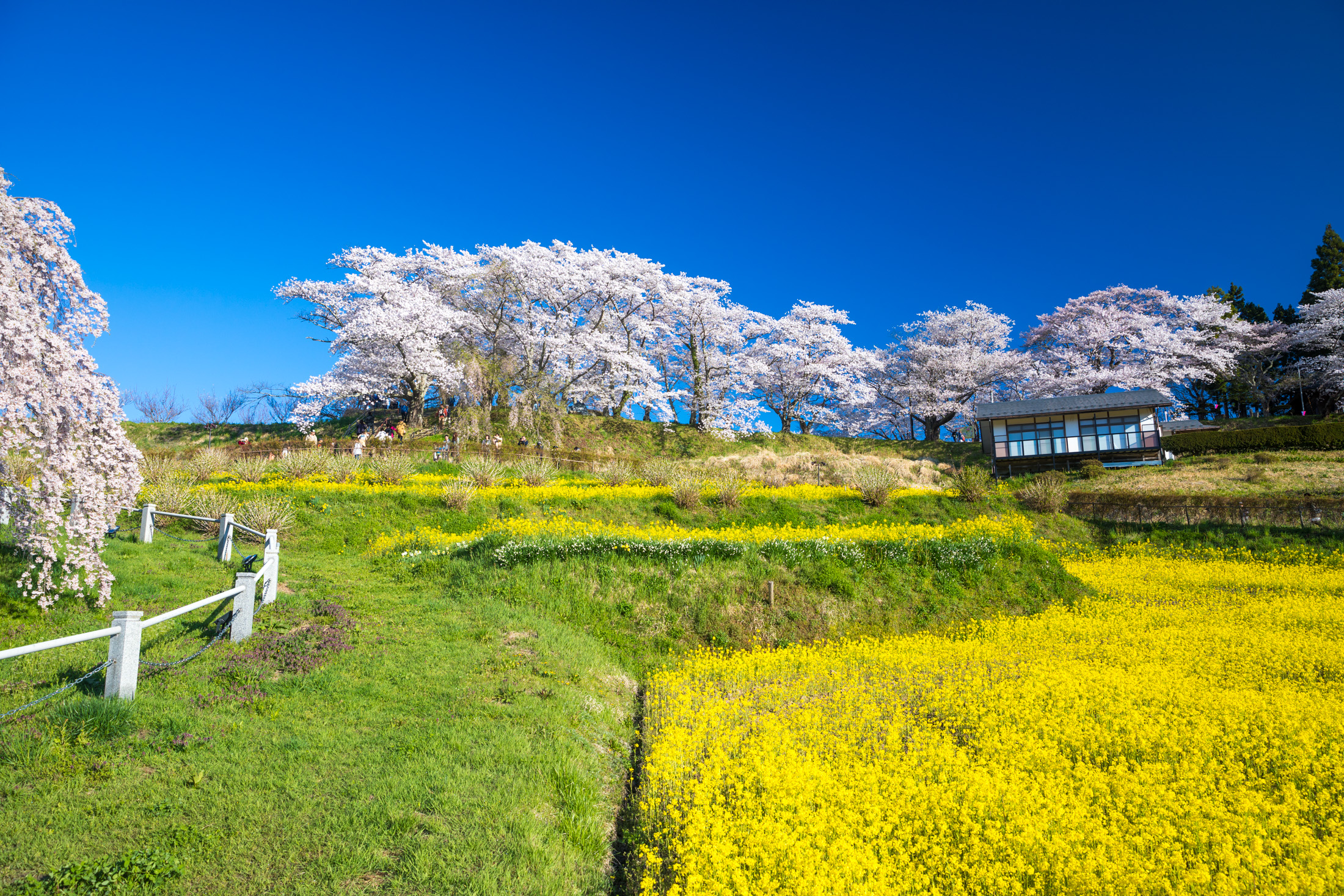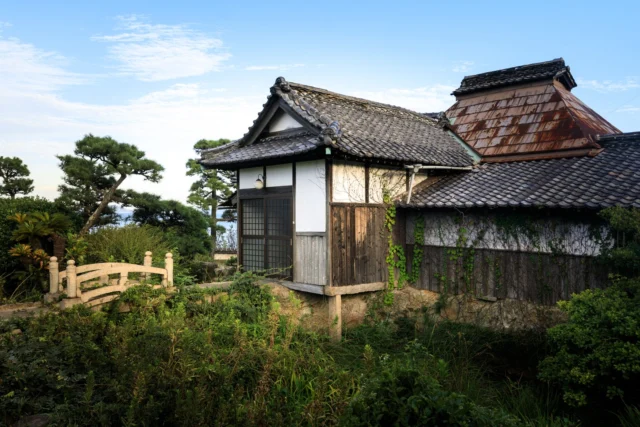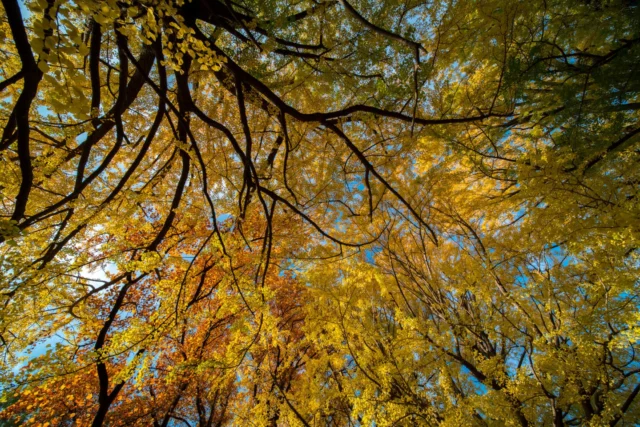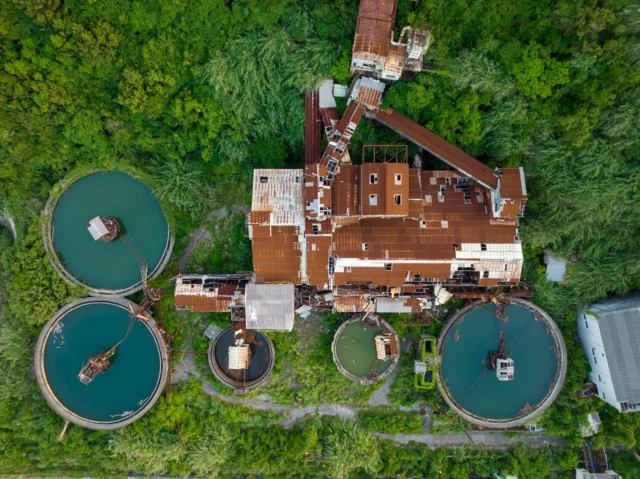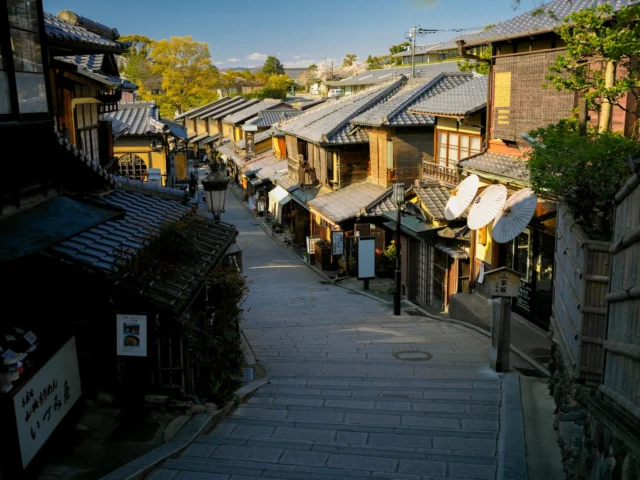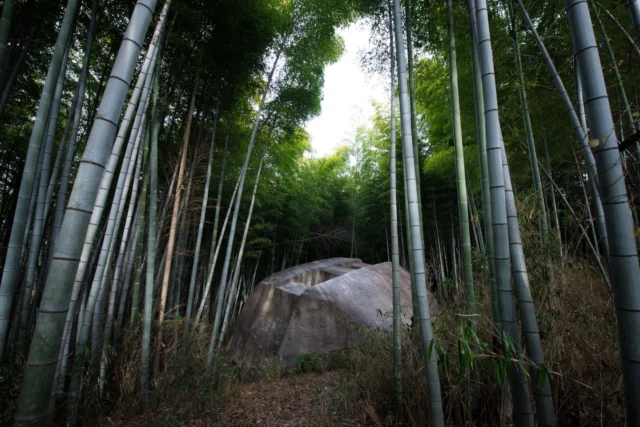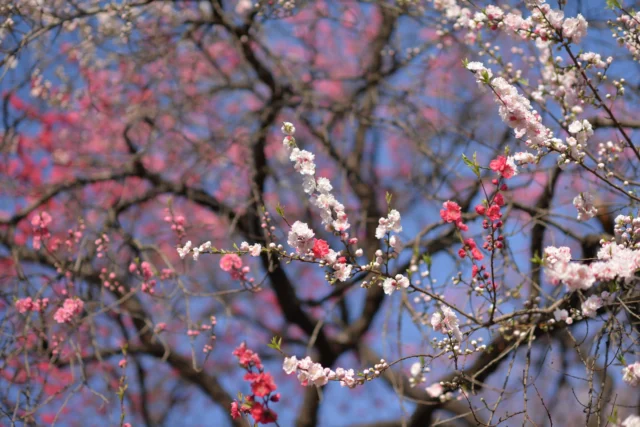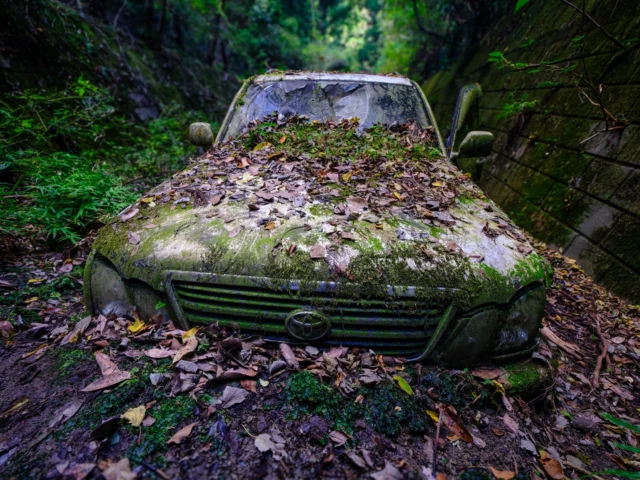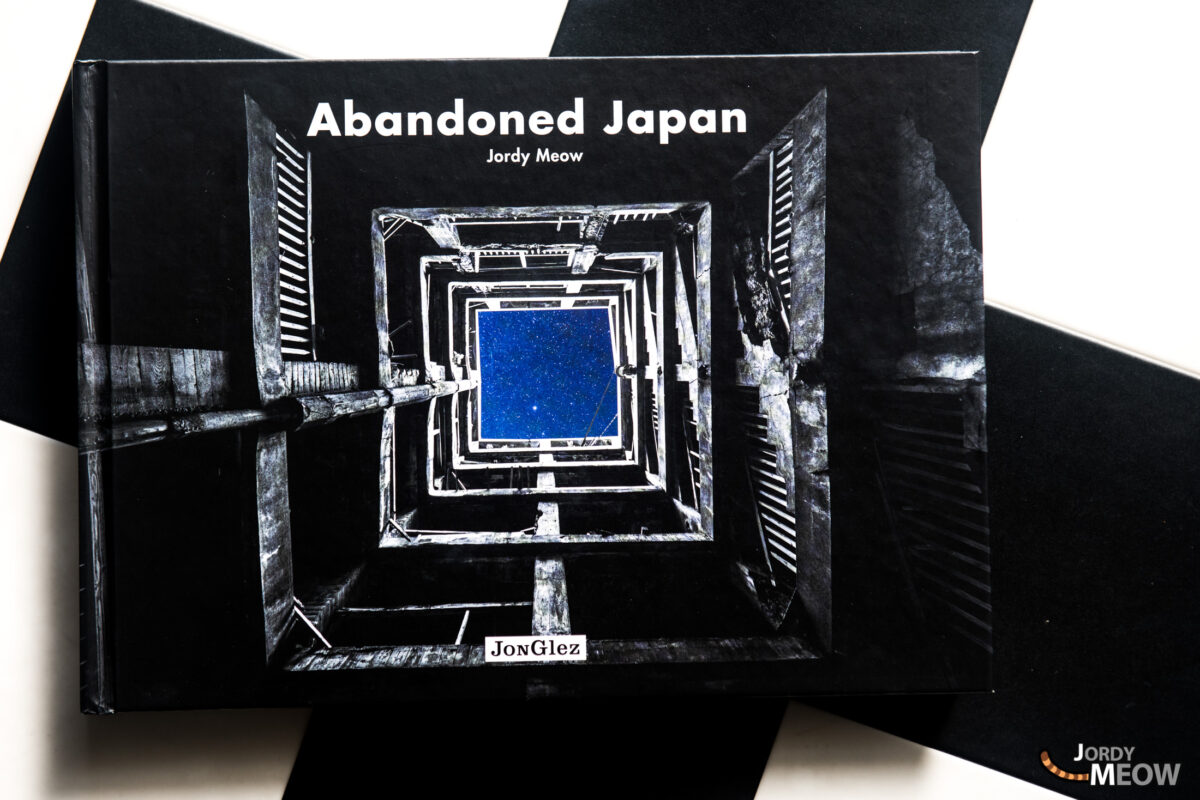Kanazawa, between the Japanese Alps and the Sea of Japan, is the capital of Ishikawa prefecture on the main islan d of Honshu. As homeland of the powerful Maeda clan, the city once rivalled Osaka and Kyoto, and is still famed for its historical heritage, traditional crafts and landscape gardens.
Kanazawa is a Jōkamachi (城 下 町 “city under the castle”) as the old town developed around the castle. The story goes that a peasant planting potatoes discovered gold nuggets as he dug up the ground.
The name Kanazawa literally means “marsh of gold”. Gilding is indeed the speciality of the city, which produces 99% of gold leaf used in Japan.
Higashi chaya district 東山ひがし茶屋街

Who says influential city of the Edo period (1603–1867) says geisha district. Kanazawa, in the style of Kyoto, had many teahouses (chaya) scattered around the city.
The story of Inoue Yuki’s Memoirs of a Geisha unfolds in one of these districts.
Japanese teahouses, contrary to urban myth, are not brothels but entertainment venues. Rich guests come to enjoy banquets with geishas, the traditional hostesses who dance and play instruments to liven up the evening.
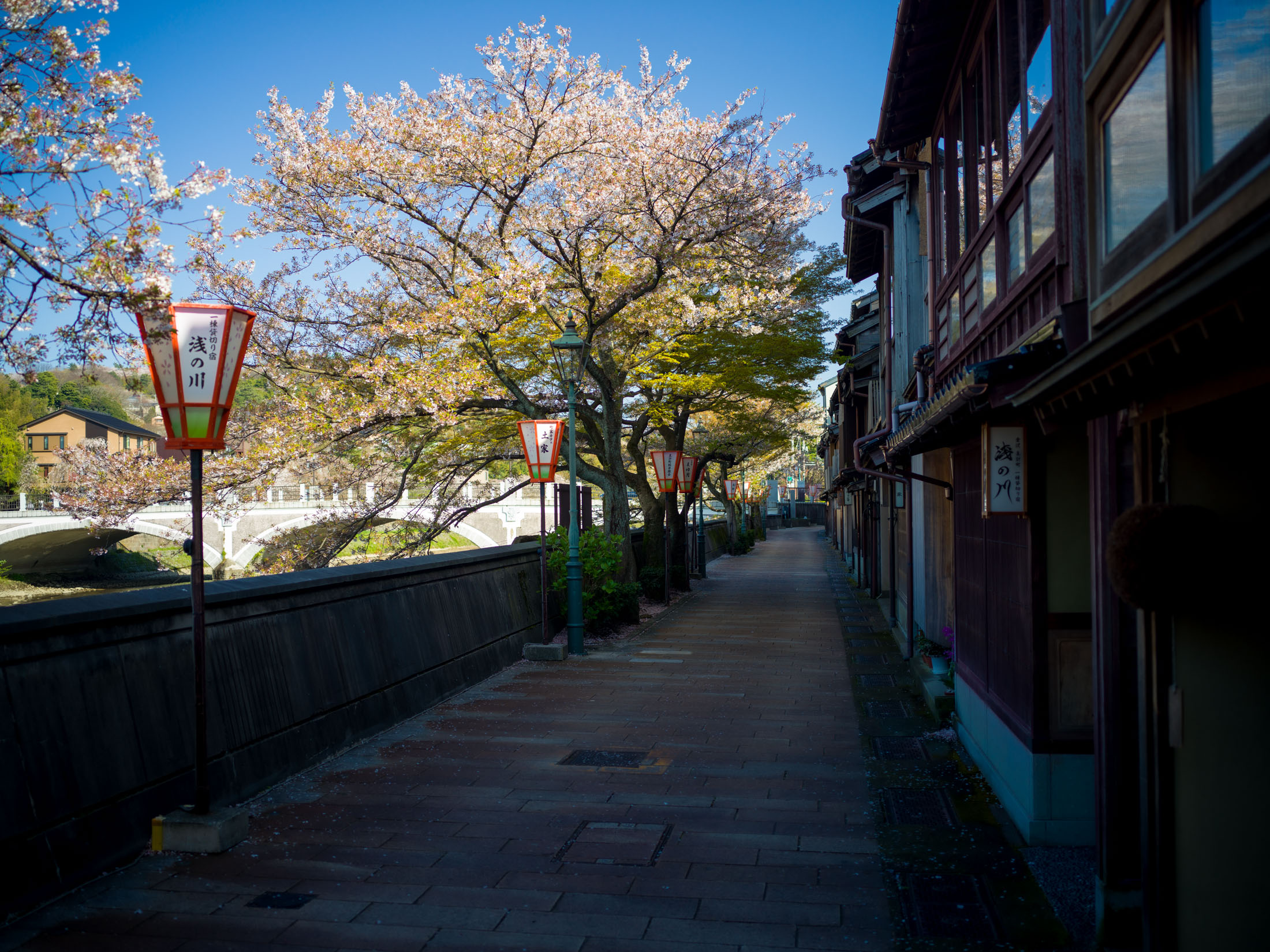
In 1820, as part of the country’s social reforms, the chaya were regrouped in only four districts some distance from the city centre.
The most extensive district still standing is Higashi chaya gai (東 茶 屋 街). Like the Gion district of Kyoto, it’s been classified as part of the cultural heritage of Japan. On both sides of the central alleyway are stalls with typical wooden lattice façades known as “Kimusuko”.

Teahouses were the only two-storey buildings allowed by Edo culture. The entrance is on the ground floor on the lattice side. Guest reception rooms are on the first floor.
Today, 42 geishas are still active in Kanazawa, 12 of them in Higashi. Two have carried on the tradition for almost 200 years: Ochaya Shima and Kaikaro.
Kenrokuen Garden 兼六園
Kenroku-en, one of Japan’s top three celebrated gardens (the others are Kairaku-en in Mito and Koraku-en in Okayama), extends over some 12 hectares next to the castle.
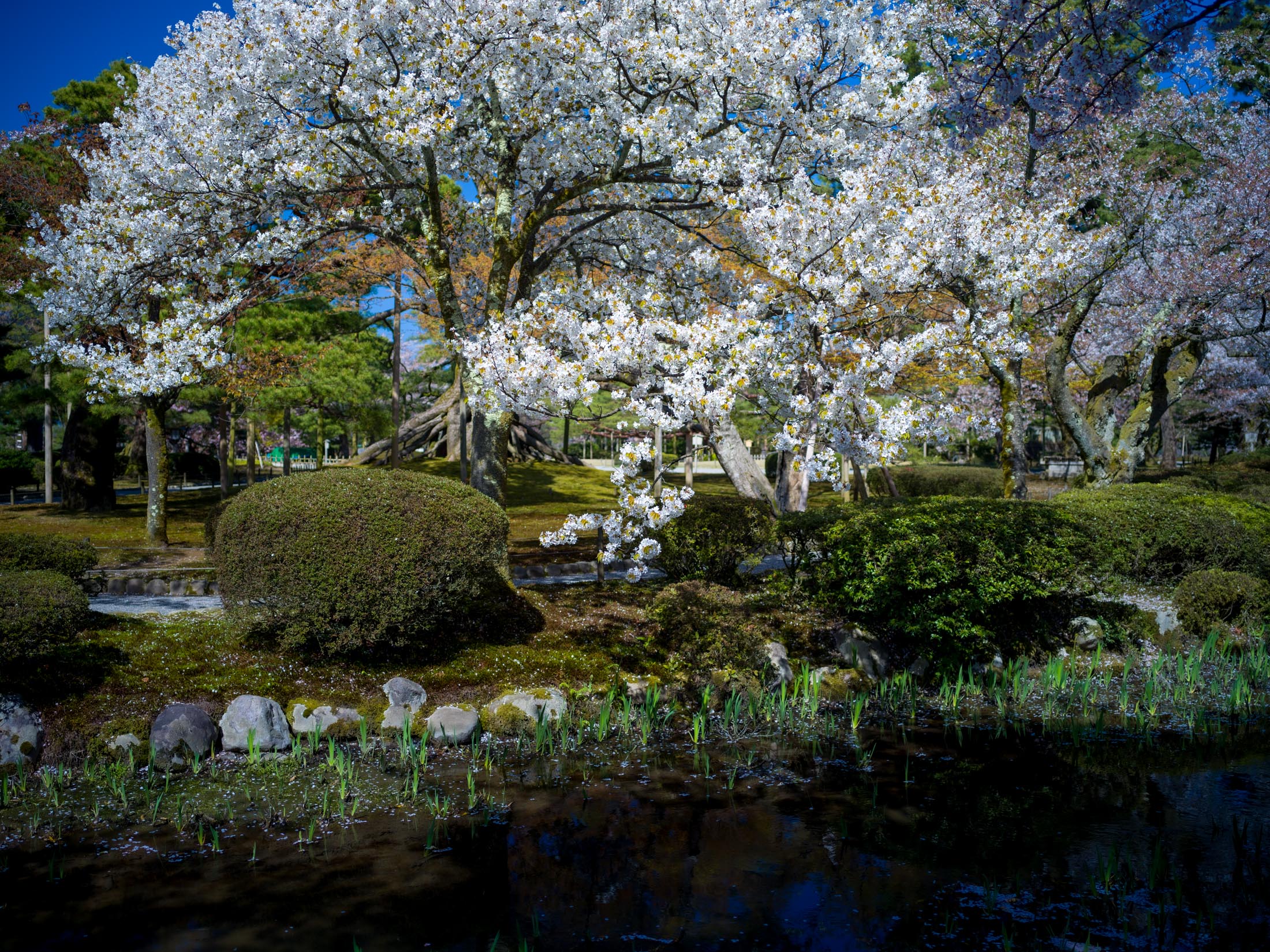
The garden was laid out in the early 17th century under the leadership of the Maeda clan. Destroyed by fire then restored in the 18th century, it was finally opened to the public in 1870.
The name means “six concepts garden”, referring to the six essentials for a perfect Japanese garden. These six principles of landscape composition work in pairs.
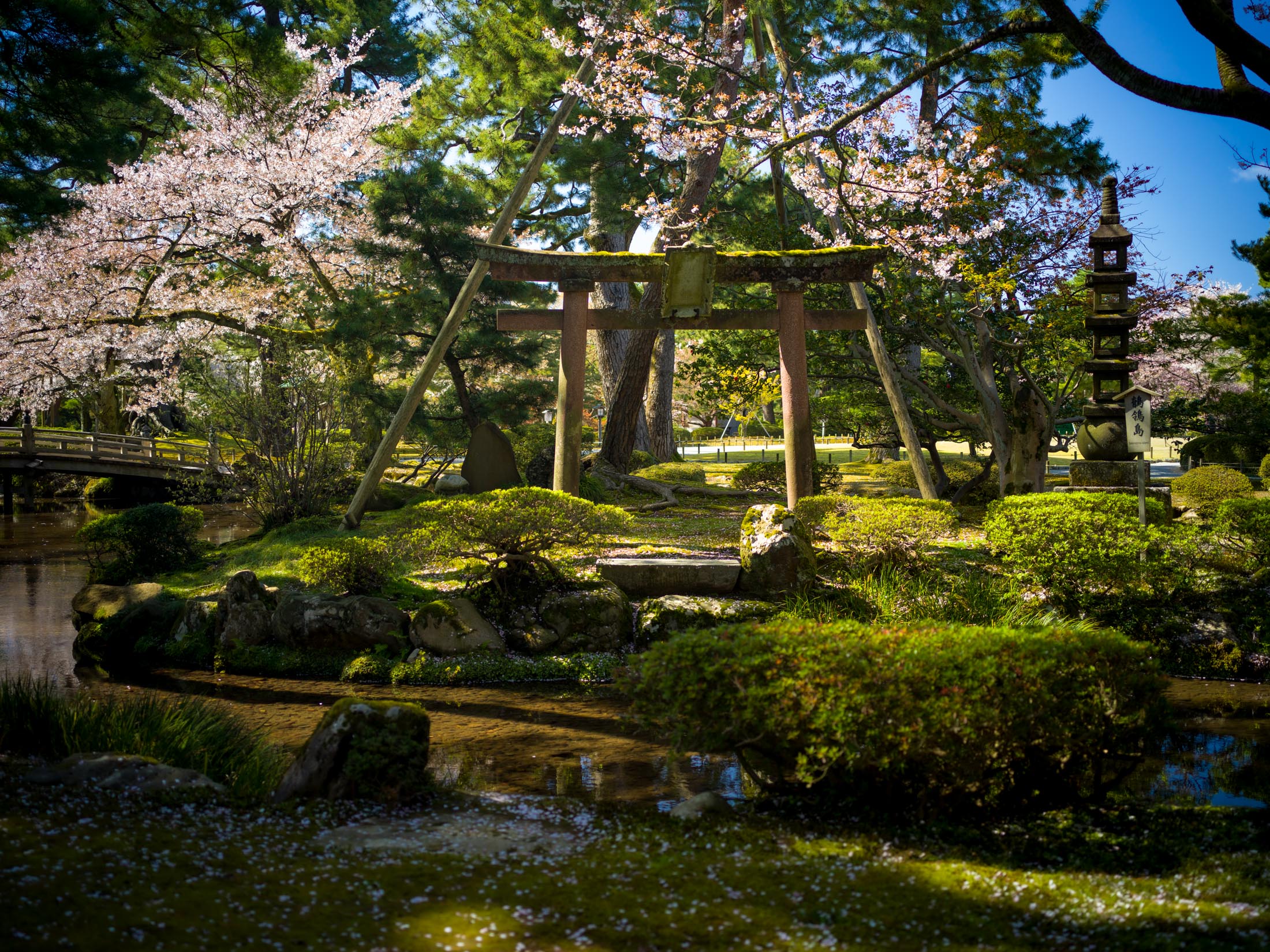
The first pair, “space and confinement”, is represented by wide open spaces as opposed to more intimate corners. The second, “artifice and authenticity”, is found in the minutiae of reproducing nature in the most realistic way. The third, “water points and panorama” is reflected in the main pond and the hill overlooking the city.

You can stroll through the garden around the large artificial pond Kasumigaike. Over the seasons the landscape changes, sometimes covered with snow, sometimes sakura (cherry blossom). This variation is possible thanks to the 183 plant species that make up the garden and bloom at different seasons.
Ma Boutique
Si vous aimez cet article et le Japon, jetez un oeil à ma petite (vraiment toute petite) boutique ! Et bien-sûr, n’hésitez pas à laisser des commentaires ci-dessous à propos de cet article, ça me fait toujours extrêmement plaisir !
And for more awesome content about Japan, follow Jordy Meow on Instagram ! 🎵



